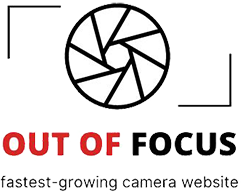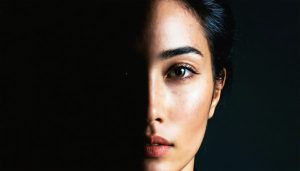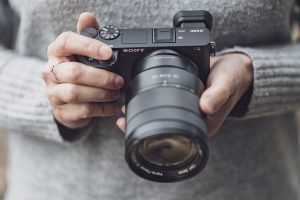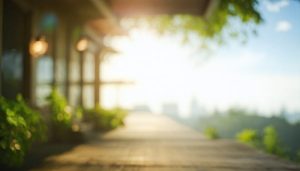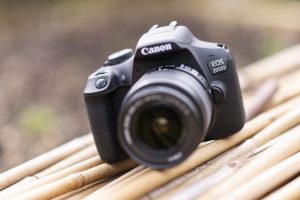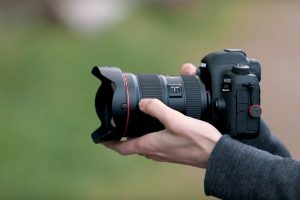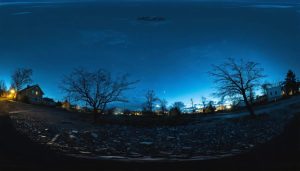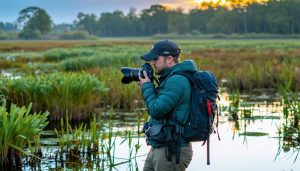
Urban landscapes tell powerful stories of humanity’s architectural achievements, where glass, steel, and concrete create a symphony of geometric patterns and dramatic perspectives. From the stark minimalism of modern skyscrapers to the intricate details of historic buildings, urban landscape photography captures the essence of our built environment in ways that challenge our perception of familiar spaces.
At its core, this genre demands a unique blend of technical precision and artistic vision. Photographers must master the interplay between natural and artificial light, understand the crucial timing of blue and golden hours, and develop an eye for leading lines that guide viewers through complex cityscapes. The urban environment presents both challenges and opportunities – harsh shadows, reflective surfaces, and rapidly changing light conditions require photographers to adapt quickly while offering endless possibilities for creative composition.
Whether you’re shooting from street level or seeking elevated vantage points, successful urban landscape photography hinges on the ability to find order in chaos. It’s about transforming busy streets, towering structures, and urban textures into compelling visual narratives that reveal the character and energy of our cities. Each frame has the potential to showcase the delicate balance between human engineering and artistic expression, creating images that resonate with viewers on both emotional and intellectual levels.
This intersection of architecture, light, and human influence makes urban landscape photography one of the most dynamic and rewarding genres in modern photography, challenging photographers to see beyond the obvious and capture the soul of our urban environments.

Essential Gear for Urban Architecture Photography
Choosing the Right Lens
Selecting the right lens is crucial for capturing compelling urban landscapes, and each type offers unique creative possibilities. Wide-angle photography is often the go-to choice for urban landscapes, with focal lengths between 14-35mm allowing you to capture entire buildings and their relationship with the surrounding environment. These lenses are particularly effective when shooting in narrow streets or trying to emphasize dramatic architectural lines.
Tilt-shift lenses, while specialized and typically more expensive, are invaluable for controlling perspective distortion in architectural shots. They help maintain parallel vertical lines and correct the “falling building” effect that often occurs when shooting upward at tall structures. A 24mm or 45mm tilt-shift lens can transform your architectural compositions from amateur to professional-looking with proper technique.
Don’t overlook telephoto lenses in your urban photography kit. A 70-200mm lens can help you isolate architectural details, capture compressed cityscapes with layered buildings, and shoot from vantage points where you can’t physically get closer to your subject. They’re also excellent for focusing on abstract patterns and textures in modern architecture.
Consider starting with a versatile 24-70mm zoom lens if you’re new to urban landscape photography. This range covers most shooting scenarios and allows you to experiment before investing in more specialized glass.
Must-Have Accessories
When shooting urban landscapes, having the right accessories can make the difference between a good shot and a great one. A sturdy tripod is absolutely essential, particularly for capturing sharp images during blue hour or nighttime cityscapes. Look for one that’s both lightweight for easy transport and stable enough to handle longer exposures without vibration.
Neutral Density (ND) filters are crucial for managing bright city scenes and creating smooth motion effects with flowing traffic or water features. A polarizing filter is equally valuable, helping to control reflections from glass buildings and enhance the contrast between architecture and sky.
A remote shutter release or intervalometer will help eliminate camera shake during long exposures, while a lens hood protects against lens flare from street lights and harsh sunlight bouncing off buildings. Consider carrying a bubble level to ensure your architectural lines are perfectly straight, especially when shooting symmetrical compositions.
For those shooting in challenging weather conditions, a rain cover is worth its weight in gold. Weather-sealed camera bags are also essential for protecting your gear while navigating urban environments. Don’t forget extra batteries and memory cards – urban landscape sessions often run long, especially when waiting for perfect light conditions.
Finally, invest in a good quality wide-angle lens cleaning kit. Urban environments are notorious for dust and pollution, which can affect image quality if not properly managed.
Mastering Technical Aspects
Managing Perspective and Distortion
One of the biggest challenges in urban landscape photography is managing perspective distortion, particularly when shooting tall buildings. When you point your camera upward, vertical lines appear to converge, creating a “falling backward” effect that can make buildings look unnatural and distorted.
To control this distortion, you have several techniques at your disposal. The most straightforward approach is to position yourself further back and use a longer focal length lens. This helps minimize the need to tilt your camera upward, keeping those vertical lines more parallel. When possible, try shooting from an elevated position – perhaps from another building or parking structure – to maintain a more level camera angle.
For those seeking more precise control, a tilt-shift lens is the gold standard in architectural photography. These specialized lenses allow you to shift the lens element up or down while keeping the camera sensor perfectly vertical, effectively eliminating convergence without compromising composition. While tilt-shift lenses can be expensive, they’re invaluable for serious urban landscape work.
Don’t have a tilt-shift lens? Don’t worry. Modern post-processing software offers powerful perspective correction tools. In programs like Adobe Lightroom or Capture One, you can adjust vertical and horizontal perspective with remarkable precision. The key is to leave enough space around your subject when shooting, as perspective corrections often require cropping.
Remember that sometimes, perspective distortion can be used creatively. Dramatic converging lines can create a sense of scale and drama, particularly when photographing imposing skyscrapers. The key is understanding when to correct distortion and when to embrace it as part of your creative vision.
For the most natural-looking results, try to keep your camera’s sensor as parallel as possible to your subject’s dominant plane. Use your camera’s electronic level if available, and take time to carefully compose your shot, considering how perspective will impact the final image.
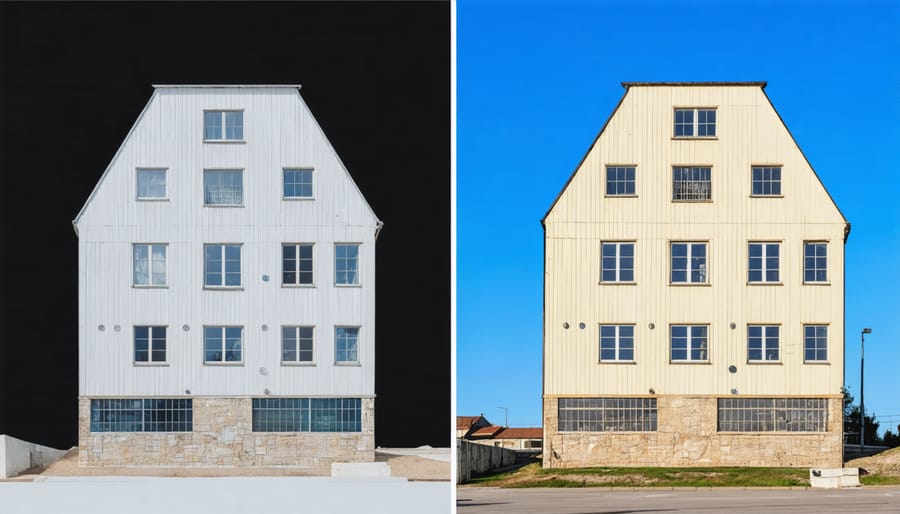
Light and Shadow Management
Light is the cornerstone of urban landscape photography, and understanding how to work with it can transform your cityscapes from ordinary to extraordinary. The urban environment presents unique challenges and opportunities when it comes to mastering light and shadow, particularly during different times of the day.
The golden hour (just after sunrise or before sunset) offers warm, directional light that creates dramatic shadows and highlights architectural details. During this time, building facades catch the sun’s rays at angles that emphasize texture and form. However, the challenge lies in timing your shoots precisely, as this magical light is fleeting in urban canyons.
Midday sun, often considered challenging for photography, can actually work to your advantage in urban settings. Harsh shadows can create striking geometric patterns and add depth to your compositions. Try incorporating these strong shadows into your frame as leading lines or abstract elements. For softer light during bright days, seek out areas where buildings create natural diffusion or wait for thin cloud cover to act as a giant softbox.
The blue hour, which transitions into night photography techniques, offers a unique balance between natural and artificial light. This is when city lights begin to twinkle while the sky still holds deep blue tones, creating a perfect harmony in your urban landscapes.
To manage harsh shadows, consider using graduated neutral density filters to balance exposure between bright skies and shadowed streets. In post-processing, selective adjustment of highlights and shadows can help recover detail in both bright and dark areas. Remember that shadows aren’t always your enemy – they can add drama and dimension to your urban compositions when used intentionally.
For the best results, scout your locations in advance and note how light interacts with buildings throughout the day. This preparation will help you anticipate where and when the light will create the most compelling compositions for your urban landscape shots.
Composition Techniques for Urban Landscapes
Leading Lines and Geometry
In urban landscape photography, architectural elements offer powerful tools for creating dynamic and visually striking compositions. While traditional landscape composition techniques focus on natural elements, city environments present unique opportunities through their geometric patterns and leading lines.
Buildings, bridges, and urban infrastructure naturally create strong vertical and horizontal lines that can guide viewers’ eyes through your frame. Look for converging lines in skyscrapers, subway stations, or elevated walkways. These elements can create a sense of depth and perspective that draws viewers into your image. For instance, positioning yourself at the base of a tall building and shooting upward can produce dramatic leading lines that stretch toward the sky.
Geometric shapes are equally important in urban composition. Modern architecture often features bold shapes like circles, triangles, and squares that can serve as powerful compositional elements. Try isolating these shapes against contrasting backgrounds or using them to frame other elements within your scene. The repetitive patterns found in window grids, architectural details, or even parking structures can create mesmerizing rhythms in your photographs.
When working with urban geometry, pay attention to symmetry and balance. Many buildings offer perfect symmetrical compositions, but don’t be afraid to break this symmetry intentionally for more dynamic shots. Position yourself at different angles to experiment with how architectural lines interact with each other. Sometimes, the most compelling compositions come from finding unexpected intersections between different structural elements.
Remember that time of day plays a crucial role in emphasizing geometric patterns. Early morning or late afternoon light can cast long shadows that create additional lines and shapes, adding another layer of visual interest to your urban landscapes. These shadows can become compositional elements themselves, extending your geometric patterns across the frame in unexpected ways.

Scale and Context
Conveying scale and context in urban landscape photography is crucial for creating images that truly capture the essence of a city. One of the most effective techniques is including human elements in your composition to provide a sense of scale. A person walking past a skyscraper instantly helps viewers comprehend the building’s massive size, while a crowd flowing through a plaza can emphasize the grandeur of surrounding architecture.
Leading lines play a vital role in establishing context within urban environments. Streets, sidewalks, and architectural features can guide viewers’ eyes through the frame while simultaneously revealing how different elements of the cityscape relate to each other. Look for natural pathways created by roads, bridges, or even rows of streetlights to create depth and connection in your images.
Incorporating multiple layers in your composition helps tell a more complete story about the urban environment. Try capturing foreground elements like street furniture or vegetation, mid-ground architectural features, and background elements like distant buildings or sky. This layered approach creates a rich visual narrative that helps viewers understand the spatial relationships within the urban landscape.
Weather and lighting conditions can dramatically impact how scale is perceived in urban photography. Fog, for instance, can create a sense of mystery while emphasizing the height of tall buildings as they disappear into the mist. Similarly, dramatic lighting during golden hour can cast long shadows that accentuate the vertical scale of architecture and add depth to your compositions.
Consider varying your shooting position to better convey scale. Shooting from ground level looking up (worm’s eye view) can emphasize the towering nature of urban structures, while elevated viewpoints can reveal the intricate patterns and relationships between buildings, streets, and public spaces. Don’t forget to occasionally include recognizable landmarks when possible – they help provide geographical context and create a stronger sense of place in your urban landscape photographs.
Post-Processing for Urban Architecture
Perspective Correction
One of the biggest challenges in urban landscape photography is dealing with converging vertical lines, where tall buildings appear to lean backward in your images. Fortunately, modern editing software offers powerful tools to correct these perspective issues and create more natural-looking compositions.
Adobe Lightroom and Capture One provide intuitive perspective correction tools that allow you to adjust vertical and horizontal alignment with simple sliders. The “Transform” panel in Lightroom, for instance, offers both automatic and manual corrections. For quick fixes, the “Auto” button often works surprisingly well, while the vertical, horizontal, and aspect sliders give you precise control over specific adjustments.
For more complex corrections, Photoshop’s “Transform” tools and “Perspective Warp” feature offer advanced capabilities. These tools are particularly useful when dealing with multiple buildings or complex architectural elements that require selective adjustments.
When applying perspective corrections, keep in mind that extreme adjustments can lead to image distortion and loss of resolution around the edges. To minimize these issues, try to:
– Shoot with some extra space around your subject
– Keep your camera as level as possible during shooting
– Use shift lenses when available for in-camera corrections
– Make smaller, incremental adjustments rather than extreme ones
Remember that perfect vertical lines aren’t always necessary – sometimes, a slight convergence can add drama and emphasize the scale of urban structures.
Color and Contrast Enhancement
Color and contrast play pivotal roles in urban landscape photography, often determining whether an image feels flat or dynamic. In post-processing, start by adjusting your white balance to enhance the natural colors of architecture, particularly during golden hour or blue hour when city lights create compelling color contrasts.
Selective color enhancement can bring out the personality of different architectural elements. For modern buildings with glass facades, try cooling the tones slightly to emphasize their contemporary feel. With historic structures, warming the colors can accentuate their timeless character and weathered textures.
Contrast enhancement requires a delicate balance. The clarity slider in editing software can help define architectural details without making the image look artificial. Focus on enhancing micro-contrast in areas with intricate patterns or textures while maintaining softer contrast in broader scenes. This approach prevents the harsh, over-processed look that can plague urban photography.
Consider creating mood through color grading. Split-toning can add subtle color to shadows and highlights, helping unite disparate elements in your urban landscape. For moody cityscapes, try deeper blues in the shadows while maintaining warmer highlights. For a more contemporary feel, experiment with teal and orange combinations, a popular choice for urban photography that creates striking visual impact while remaining natural-looking.
Remember that selective adjustments often work better than global changes. Use masks and adjustment brushes to target specific areas, ensuring your enhancements complement rather than overwhelm the natural beauty of the urban environment.

Urban landscape photography offers a unique opportunity to capture the essence of our modern world, where architectural marvels meet human ingenuity. Throughout this guide, we’ve explored the essential techniques, equipment choices, and creative approaches that can help you create compelling urban architectural images.
Remember that successful urban landscape photography requires a combination of technical skill, artistic vision, and patience. Whether you’re shooting at golden hour to capture dramatic light on glass facades, or exploring geometric patterns in black and white, each scenario presents its own challenges and rewards.
Don’t be afraid to experiment with different perspectives and compositions. Try shooting from ground level to emphasize towering structures, or seek out elevated positions to capture the intricate patterns of city streets. Weather conditions, time of day, and seasonal changes can dramatically alter the mood of your urban landscapes – embrace these variables rather than viewing them as obstacles.
Post-processing is your ally in urban landscape photography, but remember that subtlety often yields the most powerful results. Focus on enhancing the natural qualities of your scenes rather than creating artificial effects that might detract from the authentic urban experience.
Most importantly, develop your own style and vision. While it’s valuable to study the work of established urban photographers, your unique perspective is what will set your images apart. Start with the techniques we’ve discussed, but don’t be afraid to break the rules once you’ve mastered them.
Get out there and start exploring your urban environment with fresh eyes. The city is your canvas, and every street corner holds potential for a compelling photograph. With practice, patience, and persistence, you’ll develop a portfolio that captures the true essence of urban architecture.
